We have become used to Wimbledon delivering moments of drama, history and – of course – great tennis.
And this year was no exception.
It was the year that Carlos Alcaraz confirmed a new era in the men’s game while Barbora Krejčíková helped maintain the status quo in the women’s.
It was the year that Dunblane’s finest export Andy Murray announced his retirement while his older brother vowed to carry on flying the flag.
It was the year that Crieff had a part to play in the success of Emma Raducanu, the only British player to make it into the second week.
It was the year that two Battle of the Brits matches on the same day were played like football cup-ties.
And it was the year, or one of the years, that rain caused havoc, resulting in some players becoming overburdened and possibly injured.
Here is what this year’s Wimbledon was to Courier reporter Stephen Eighteen, who saw the action first-hand at SW19.
1. A changing of the guard in men’s tennis – finally
After an inordinately long period, we can safely say Wimbledon 2024 marked a changing of the guard at the top of men’s tennis.
With Roger Federer retired and Rafa Nadal flagging in what is likely to be his final season, Novak Djokovic had spent the past couple of years stubbornly keeping the era of the Big Three alive.
There had, however, been a few recent threats to this almighty grand-slam roadblock.
Alexander Zverev in 2018, Dominic Thiem in 2020 and Daniil Medvedev in 2021 appeared ready to seize the baton and give the trophy engravers tasked with carving out the winners of major titles plenty of new material to work with.
But these were false dawns, which is what we may have said about Carlos Alcaraz regarding his win at last year’s Wimbledon.
Last year’s final could easily have gone the other way as the Spaniard edged out Djokovic in a nail-biting five-setter that lasted four hours and 42 minutes.
The Serb then exacted revenge later in the season in a similarly thrilling tussle in Cincinnati, before dominating their clash at the end-of-season ATP Finals.
Alcaraz came through some shaky moments – most notably against Francis Tiafoe in the third round – en route to this year’s Wimbledon final rematch with Djokovic.
A defeat by 37-year-old Djokovic at Centre Court on Sunday would have led to claims that Alcaraz was yet another fake sunrise.
But the sheer dominance displayed by the 21-year-old in his 6-2 6-2 7-6 victory reversed the narrative completely.
Whether it was serving, returning, passing shots or, (of course) drop shots, Alcaraz was in a different league to a man who is broadly considered the greatest tennis player of all time.
“I was inferior on the court,” a shell-shocked Djokovic said afterwards.
“That’s it. He was a better player.
“He played every single shot better than I did.
“I don’t think I could have done something much more.”
Alcaraz proved at this year’s Wimbledon that he is the real deal.
Things will never be the same again.
2. No Big Three in the women’s game
By contrast, the notion of a new Big Three in the women’s game looks far-fetched – particularly on the lush lawns of SW19.
For roughly 18 months, Iga Swiatek, Aryna Sabalenka and Elena Rybakina have been billed the female triumvirate ready to greedily gorge on the major titles.
The label was troubling even before this year’s Wimbledon.
Swiatek had only won one major title off clay, Sabalenka had been too inconsistent and Rybakina’s dominant serve masked some of the weaknesses in her game.
It also seemed absurd to exclude Coco Gauff from the anointed ones, given her younger age and that she separated the Big Three in the WTA rankings.
However, Sabalenka in Melbourne and Swiatek in Paris won the first two of this year’s majors.
And had the Wimbledon 2024 semi-finals lineup gone by seedings then even the sceptics may have been persuaded to believe a period of dominance by the chosen few was upon us.
Yet what unfolded was confirmation that the WTA retains its openness – particularly at Wimbledon.
Barbora Krejčíková defeated Jasmine Paolini to become the eighth different Wimbledon winner in as many years.
In the semi-finals, she defeated Rybakina, the only member of the Big Three who has previously taken home the Rosewater Dish.
Sabalenka, sadly, was unable to compete due to a shoulder injury, while Swiatek fell to Yulia Putintseva in the third round.
Gauff, the number two seed, was eliminated by fellow American Emma Navarro in round four.
Perhaps the starkest illustration of the free-for-all at the top of the women’s game was the muted reaction to Markéta Vondroušová losing to Jessica Bouzas Maneiro in straight sets in the first match of her title defence.
No one was all that surprised, which is perhaps something we should embrace.
3. Andy Murray tribute shows Wimbledon do it best
There is a time and a place – and this year’s Wimbledon was both for Andy Murray’s tennis farewell.
The Dunblane hero said a tearful goodbye to Centre Court after teaming up with brother Jamie to a first-round doubles defeat by Australians Rinky Hijikata and John Peers.
Touching as the farewell ceremony was, perhaps its most important element was that it was planned.
This is relevant, given that the two-time Wimbledon champion was almost ushered out of the door five years ago against his will.
In the build-up to the 2019 Australian Open Murray publicly pondered retirement.
In a sudden and collective rush of blood to the head, tournament organisers hastily organised a tribute video for Murray after his next match – a gallant five-set loss to Roberto Bautista Agut in the first round.
After seeing his professional obituary on a big screen, Murray’s memorable response was: “I don’t know — maybe I’ll see you again.”
And so it proved, with a hip resurfacing operation prolonging his career to the age of 37.
But when the time came to play that tribute video for real, there was consensus and consultation between the player and the tournament.
It meant that Murray could pack his box with family members – his parents, wife Kim and two of the couple’s daughters, who rarely see their dad in action.
It ensured that Sue Barker knew the occasion would be special enough to be brought out of retirement for the on-court interview.
It placed more significance on the video messages played out by the likes of Roger Federer and Serena Williams.
It reassured Tim Henman, Dan Evans, Cam Norrie, Jack Draper, Lleyton Hewitt, Iga Swiatek, Holger Rune, Novak Djokovic, Conchita Martinez, Martina Navratilova and John McEnroe that they were part of something truly special when they lined up on the court to say goodbye.
And it added more currency to Murray’s poignant final words.
“It is hard because I would love to keep playing but I can’t,” he said.
“Physically it’s just too tough now.”
Maybe so, but at least this time he went out on his own terms and territory.
Wimbledon showed how it should be done.
4. Jamie Murray will keep Dunblane spirit alive
The Murrays’ post-match press conference was inevitably dominated by questions to Andy.
Jamie knew the drill, and seemed comfortable with his illustrious brother taking the limelight one last time.
But it is easy to forget that Jamie is the older brother by 15 months.
So is he also thinking about retirement?
“I still enjoy competing and still enjoy going to these events,” he responded to The Courier’s question.
“The events keep getting better and better.
“I haven’t made the money that Andy’s made in his career, so my motivation financially to keep playing is definitely there, as well.
“I still feel fit and healthy – I haven’t had any surgeries or anything like that. I feel good.
“I’m still enjoying being at these events, motivated to kind of keep working hard to stay at this level for as long as I can.
“When you do finish, it’s difficult to replace that with something else in your life.”
This is a boost for British tennis.
Statistically, Jamie Murray actually has a better grand slam record in doubles than his brother in singles.
He has seven wins to Andy’s three and the pair have both won a Davis Cup and been ranked No 1 in the world.
So Dunblane’s presence in professional tennis is set to continue even now its favourite export has called it a day.
5. Raducanu’s comeback rooted in Tayside
Emma Raducanu made something of a comeback at this year’s Wimbledon with her best grand slam showing since her historic march to the US Open title in 2021.
In her first three matches the Briton showed much of the fluency and swagger that characterised the Flushing Meadows success.
She even swatted aside one of her New York City victims, Maria Sakkari, with the same loss of just five games as three years ago.
And after the early withdrawal of Aryna Sabalenka, Raducanu had a favourable path to the latter stages in front of her.
So a fourth-round defeat by Lulu Sun came as a disappointment even if it was deserved.
But, as the 21-year-old assessed afterwards, it was a successful tournament given that as recently as May 2023 she underwent surgery on two wrists and an ankle.
While some pundits felt Raducanu’s improved form was due to finding a stable coaching situation with Nick Cavaday, we suspect she was inspired by the delights of Perthshire.
Raducanu said after the Sakkari demolition that she “fell in love with” Crieff during a visit last month.
The Dior ambassador attended the fashion brand’s Cruise 2025 show at Drummond Castle on June 4.
“I really fell in love with it up there,” she responded to a question by The Courier.
“I was at the Gleneagles, which was stunning, the golf course.
“I did a run before the show. It was just stunning to take in all the sights.
“For me, my retreat is greenery.
“I think Scotland has just vast, amazing, beautiful greenery.
“It was beautiful.
“I think Drummond Castle, where the show was at, is stunning.
“The lawns were so perfectly manicured, it was beautiful.”
So perhaps the key to Raducanu’s Wimbledon comeback was pre-tournament preparation in Tayside.
Now we eagerly await an influx of tennis players ahead of next year’s tournament.
6. All-British contests are like local derbies
The first Thursday of the tournament saw two fascinating all-British ties.
In the men’s Cameron Norrie, ranked 48 in the world, faced Jack Draper, ranked 28.
In the women’s Harriet Dart, ranked 100, faced Katie Boulter, ranked 29.
Not only did the rankings favour the higher-ranked Briton, but so also did the form book and grass-court preparation.
Draper entered the tournament on a high after winning his first ATP tournament in Stuttgart and beating Carlos Alcaraz at Queen’s.
Boulter, meanwhile, defended her Nottingham title to secure her third WTA crown.
Whereas their opponents, in particular Norrie, had been a fair distance away from hitting such heights in the build-up to their home grand slam.
However, in both matches the underdog progressed to the third round.
Dart showed steely resolve to come from behind to win 4-6 6-1 7-6, with the final tiebreak going her way 10-8.
Norrie, meanwhile, produced his best display since his run to the fourth round of the Australian Open to win 7-6 6-4 7-6.
Both matches felt like local derbies, with form going out of the window.
Draper described one of the main reasons for this in the post-match press conference.
“I feel like we practice together a lot, we know each other so well, that sometimes he can almost take away what I’m good at, you know?” he said.
“I feel like when we were playing, he sort of knew all my patterns of play.”
In tennis, acute familiarity can breed confidence in the unconfident and engender pessimism in the optimistic.
The fun this can bring can also be short-lived, though.
Both Dart and Norrie lost their third-round matches, leaving Emma Raducanu Britain’s only representative in the second week.
Admittedly, Draper would have faced a stern test against Norrie’s conqueror Alexander Zverev.
But Boulter would have fancied her chances against 42nd-ranked Wang Xinyu, who disposed of Dart 2-6 7-5 6-3.
Here’s hoping the top Britons avoid each other in next year’s Wimbledon draw.
7. Rain continues to benefit elite players
For the second year running the Championships were plagued by the weather.
The rain was so regular last year that first-round matches did not conclude until 3.23pm on the first Thursday.
One bizarre statistic was that Alexander Zverev did not take the court to play his first point of the fortnight until about 17-and-a-half hours after Novak Djokovic had made his way into the third round.
This year was better but not by much.
The constant interruptions played havoc with the schedule and highlighted the advantages given to the elite players.
One of those most harmed by the weather was big-serving American Ben Shelton.
By the time he faced Jannik Sinner on the first Sunday, the 21-year-old had played on all six previous days of the Championships.
By contrast, Shelton’s top-seeded opponent had enjoyed regular rest days due to playing each of his previous three matches on Centre Court or Court 1, which have retractable roofs that protect players from the elements.
It was no surprise that Sinner progressed in straight sets.
Rain also affected the All England Club’s pulling power.
The first-week attendance was down by 3.7% compared to last year, with Friday recording the lowest numbers since 1998.
And Wimbledon were forced to hand out at least £250,000 in refunds after near-non-stop rain on the second Tuesday.
On that day 34,922 people passed through the gates of SW19 – the lowest day nine attendance since 2018.
Given there have only been retractable roofs on Centre Court since 2009 and Court One since 2019, it is no surprise to hear former Wimbledon semi-finalist and BBC pundit Tim Henman asking: “It makes you wonder what we used to do without the roofs.”
8. But the wet is bad for players’ health
The wet weather was also one of the main reasons for the high number of withdrawals through injury during the tournament.
At least 10 players pulled out through injury, which is thought to be the highest number since the all-time record of 12 in 2013.
The most high-profile retirement was world No 9 Alex De Minaur, who suffered a hip injury in the final three points of his round-of-16 clash with Arthur Fils.
The Australian was then unable to face Novak Djokovic in the quarter-finals.
Another victim was Hubert Hurkacz, the 2021 Wimbledon semi-finalist, who injured his knee in his second-round match – also against Fils.
The Pole pulled off a flying volley in the fourth set but hurt himself in the process.
Perhaps the saddest withdrawal was Grigor Dimitrov, who has been resurgent in 2024, returning to the top 10 of the ATP rankings.
But he endured an abductor tear in his left leg while playing against Daniil Medvedev in the fourth round and could not continue.
At 33, who knows how many chances the Bulgarian will have left to enter Wimbledon as a title contender?
And these injuries don’t include the many near misses as almost every player slipped over at some point during the Wimbledon fortnight.
“Once you close the roof, you know that the grass is going to be more slippery,” said Novak Djokovic.
“So there’s more chances that players will fall. Unfortunately, some of the falls have caused some of the players to withdraw.
“It’s part of this surface. You can’t really change that.
“I mean, it’s grass. It’s a live surface, and it reacts to different conditions.”
There aren’t any obvious solutions to reduce these injuries.
Perhaps a longer grass court season would help players better acclimatise ahead of Wimbledon.
But since 2015 the competition has begun a week later – usually in the first week of July – to allow an additional third week of rest after the French Open.
Adding a fourth week is impractical as it would add congestion to a tennis calendar already bursting at the seams.
It has to be hoped that the threat of injury will not deter players from participating in future Wimbledons.
9. Outside courts are the best
Centre Court has the glamour, the history and is the place for spotting celebrities in the Royal Box.
But the outside courts can be even more enjoyable.
We can even start with Court One, which has an attendance of 12,345 compared to almost 15,000 at Centre Court.
Yet the noise is often louder at the smaller venue.
After beating Elise Mertens in round two, Emma Raducanu said it was her favourite court.
It was where she announced herself as a top player with a third-round success over Sorana Cîrstea in 2021.
And the almighty roar after the Briton won match point in that clash still lives long in the memory.
Further into the outside courts is where quirky characters can thrive outside the confines of the two main venues.
One such example was Tommy Paul’s superfan on Court 3.
The American, seeded 12, was helped through a five-set second-round match against Finn Otto Virtanen by the lung-bursting support of a young countryman.
It is no exaggeration to state that after almost every point the fan bellowed words of encouragement to Paul.
The biggest mystery was how he never lost his voice.
Acknowledging the phenomenal support from this lone individual, Paul said in his on-court interview: “I had to dig deep and fight hard – like he was telling me to do the whole match.”
Paul then ran over and handed a towel to the youngster, who celebrated as though he had won the match himself.
It was a touching moment of intimacy that you would be unlikely to find in the top two courts.
The outside courts also offer more opportunities to meet new people than you would typically find in the show courts.
Standing alongside me on Court 10, watching last year’s Wimbledon junior champion Henry Searle in his first-round match against Marcos Giron, were two youngsters from Leamington Spa.
One of the lads had recently passed his driving test so this was not only their first visit to Wimbledon but one of his first long car journeys behind the steering wheel.
You could hear the excitement in their voices, even as they spoke about traffic congestion in London and finding somewhere to park.
Sadly they were disappointed by Searle’s defeat, but it was clear that this was a day they would always remember.
Wimbledon tickets are hard to come by but, at £30, a grounds pass is well worth it.
The best advice is to go during the first four days, when there are usually singles matches on all courts – weather permitting.
10. Curfew at 11pm is a good thing
The 11pm curfew is held up by some tennis fans as a weakness at Wimbledon compared to the other three grand slams.
But I would beg to differ.
Up until 2020, the French Open was similar to Wimbledon in that play would end when daylight faded.
But the introduction of a retractable roof on Philippe Chatrier Court – along with the lack of a curfew – means play can now continue into the early hours.
It could be argued that night-time tennis hindered this year’s French Open on the men’s side.
Wet weather in Paris throughout this year’s tournament meant that Novak Djokovic and Lorenzo Musetti began their third-round contest at 10.37pm on the middle Saturday.
Five gruelling sets later, the players finished at 3.07am.
Djokovic suffered a meniscus tear in his right knee during his next match against Francisco Cerundolo.
The world No 1 was forced to withdraw from the competition, with some blaming the late start against Musetti for the injury.
Former Wimbledon champion John McEnroe was one such critic, who called it a “huge mistake” to put the 37-year-old on so late.
Whether by accident or design, this is not a problem that occurs at Wimbledon.
Yes, it can be frustrating to halt a match at full flow.
A notable recent example was in Andy Murray’s last Wimbledon singles match last year.
He had momentum on his side after going ahead by two sets to one against Stefanos Tsitsipas in the second round.
But the curfew meant they had to resume the following day, giving the Greek time to regroup and he won the final two sets to progress to the next round.
So the rule can seem unfair.
But it also has to be remembered that later finishes mean longer hours and less recovery time for umpires, line judges, ball boys and ball girls, and all the other staff who make the event such a success.
It may suit global television audiences to have matches running throughout the night, but for the actual people involved – including the players – daylight tennis is usually more attractive.
11. And finally…
With the cheapest two-bedroom flat we could find in Wimbledon listed at the princely sum of £445,000, the Championships do at least offer one inflation-busting incentive.
Strawberries and cream remain capped at their 2010 price of £2.50.
Only once you taste them do you realise how much of a bargain this is.
And long may that price continue alongside Wimbledon’s other fine traditions.
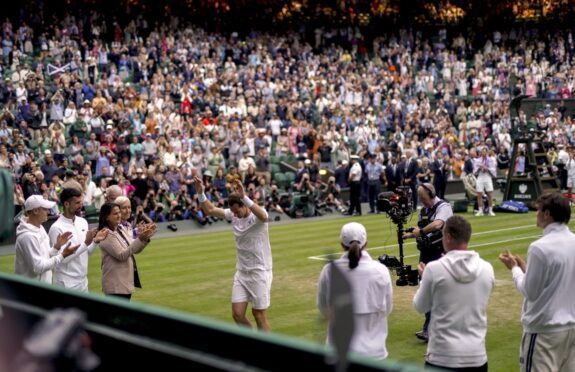
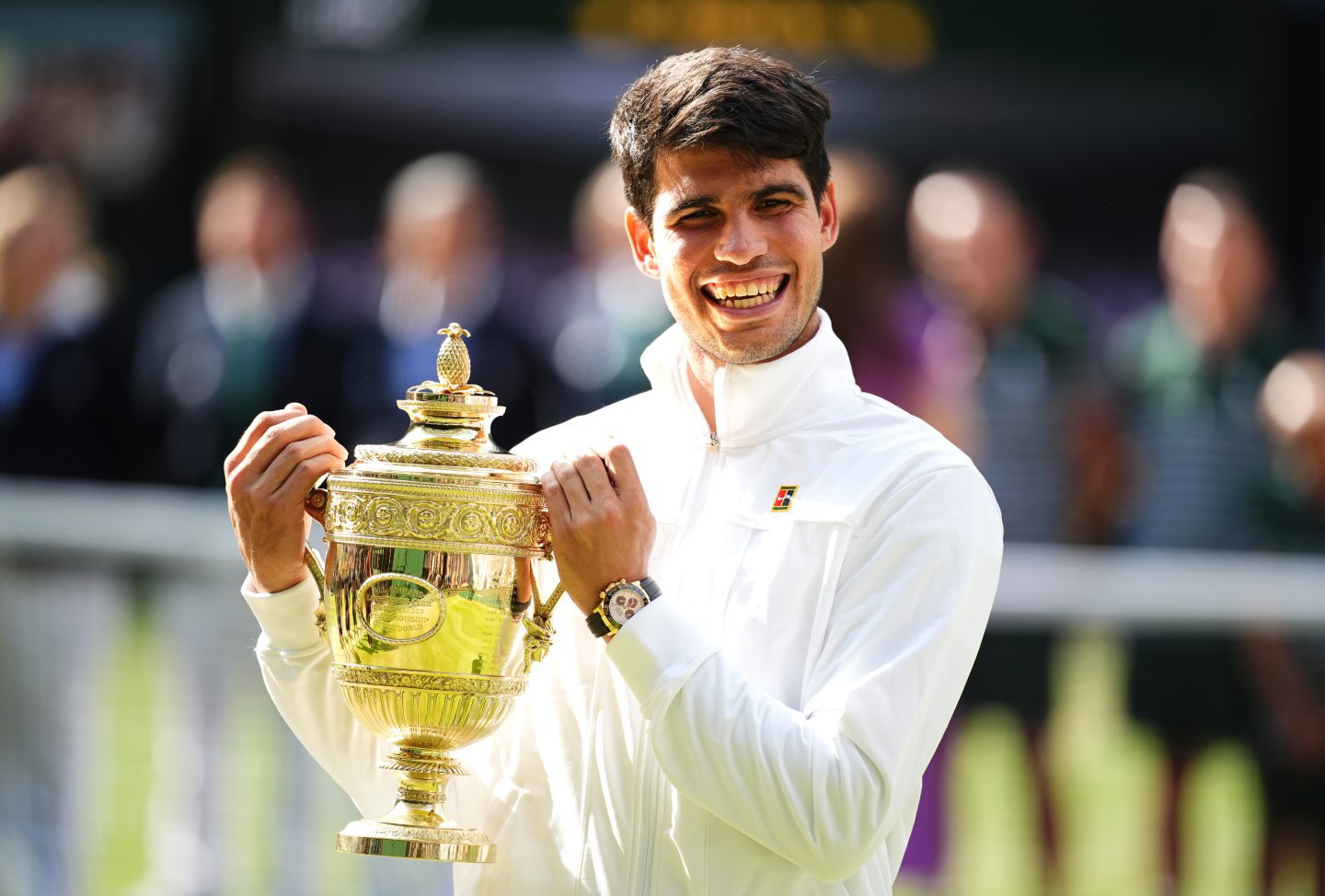
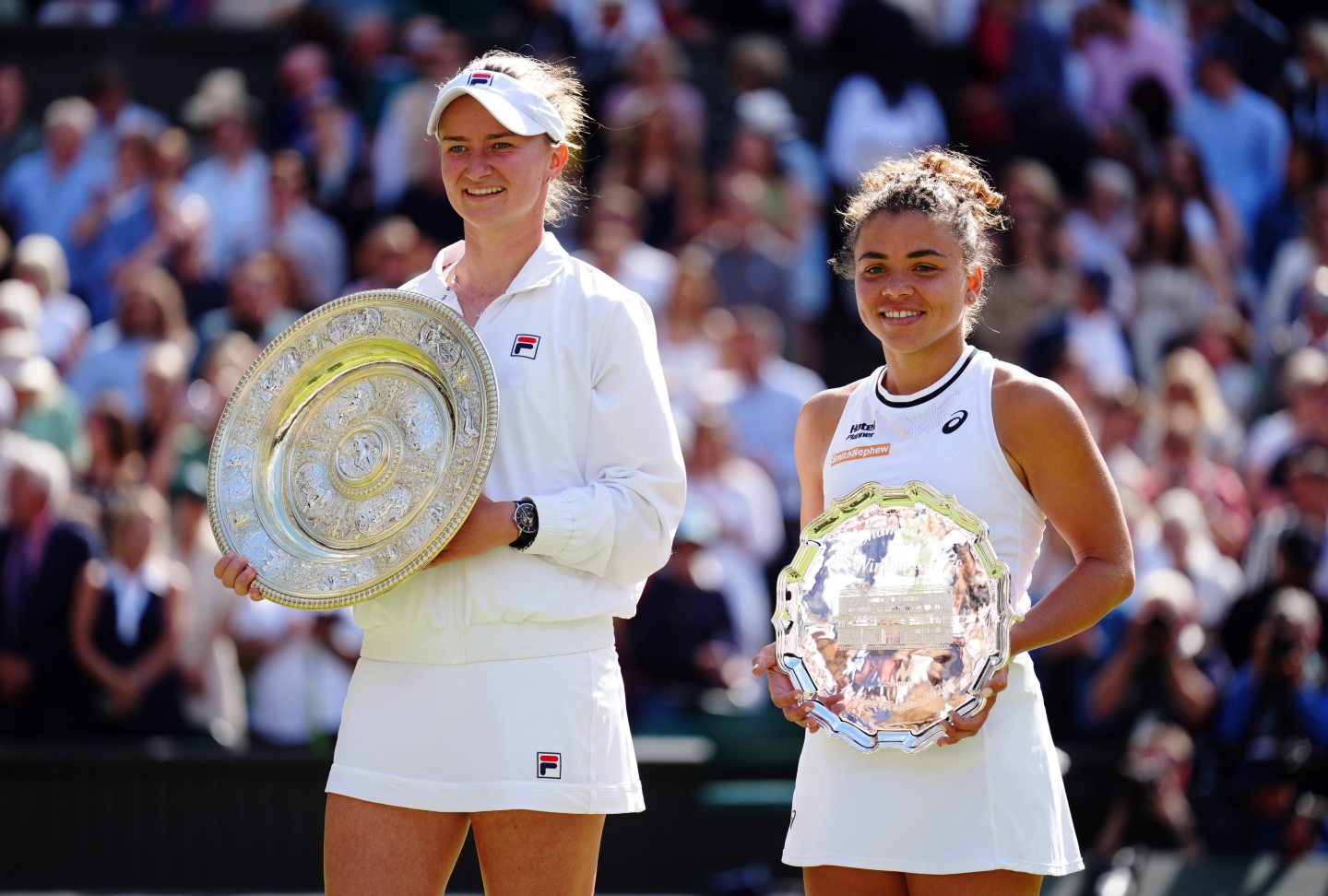
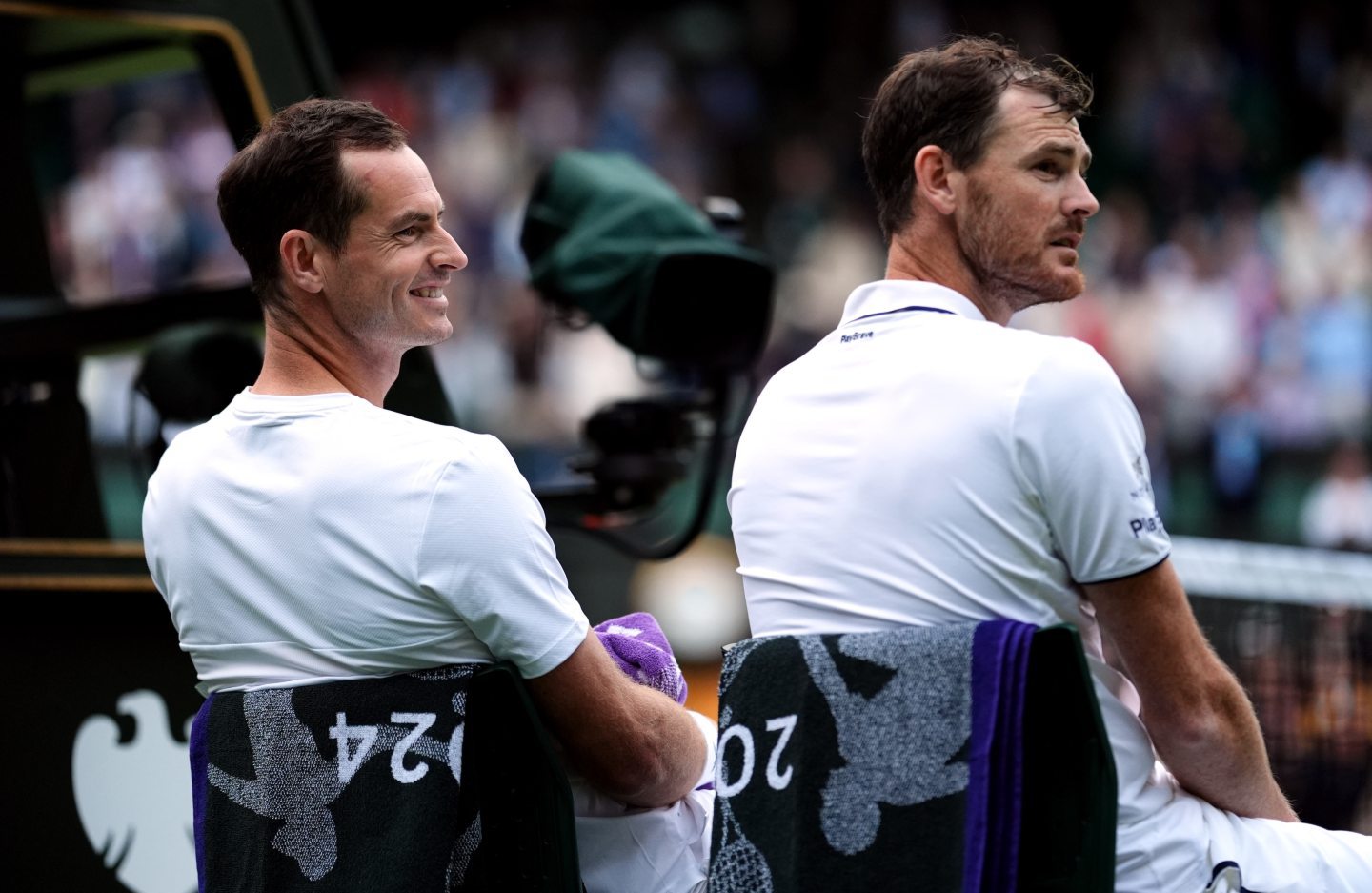
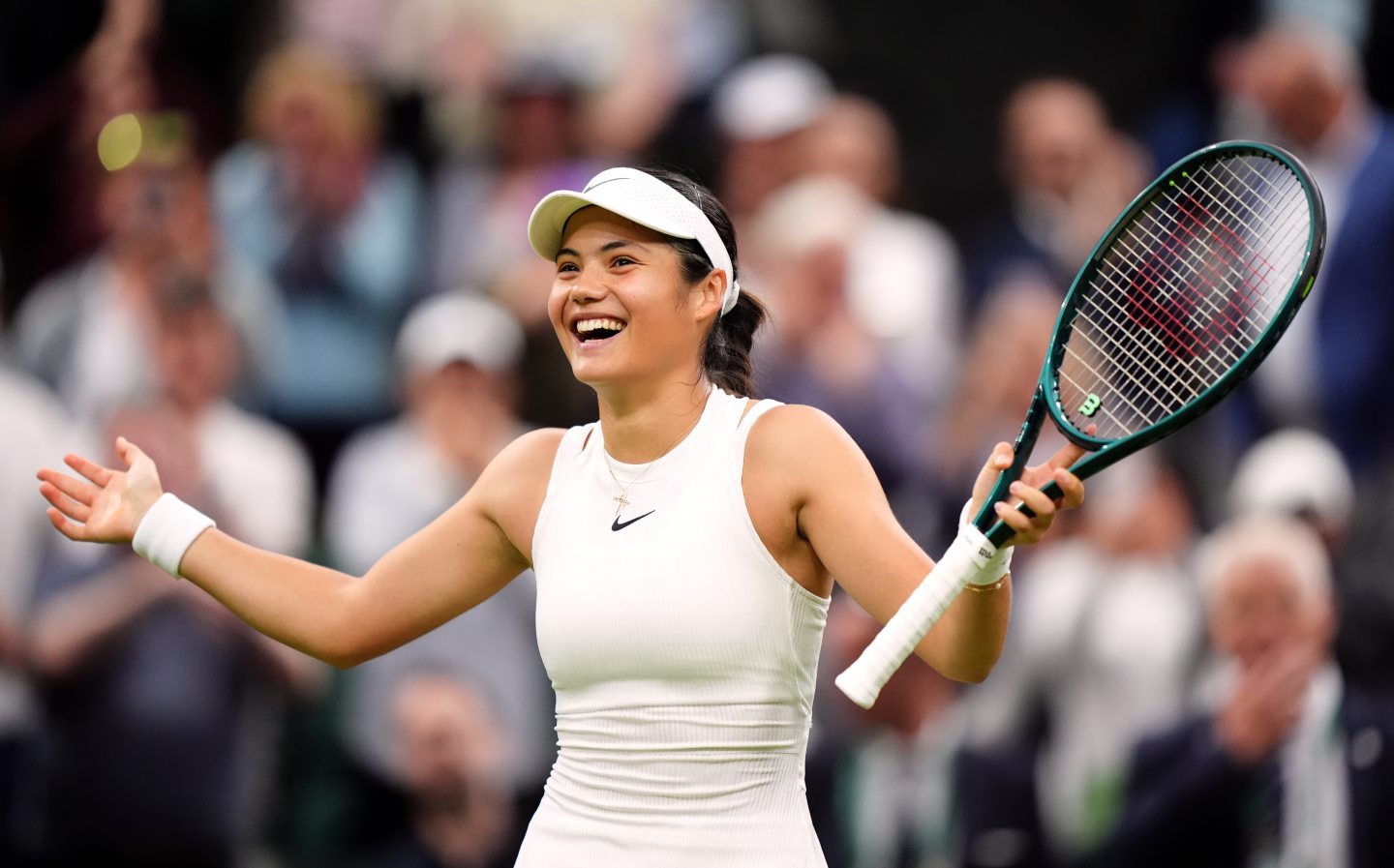
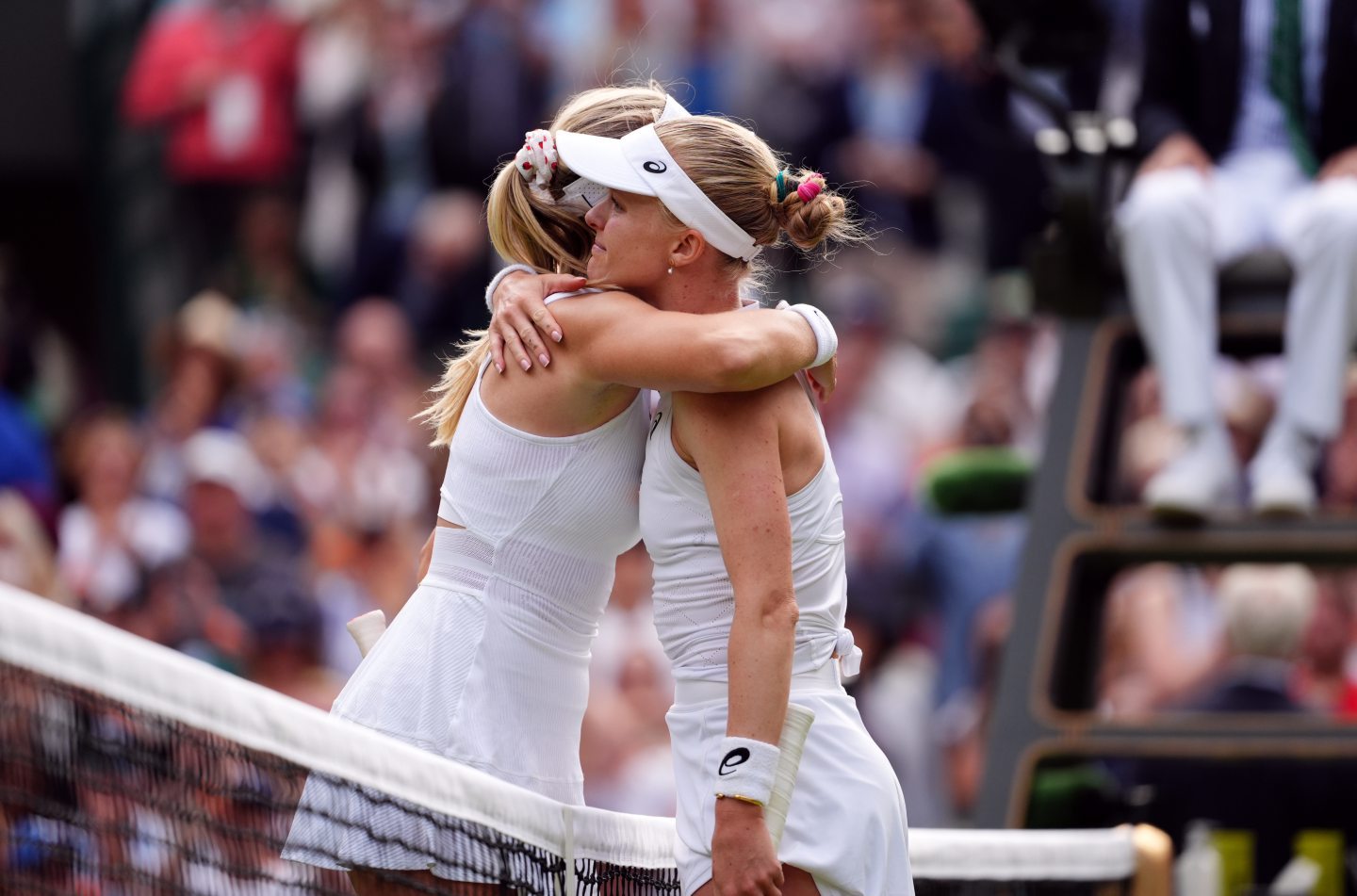
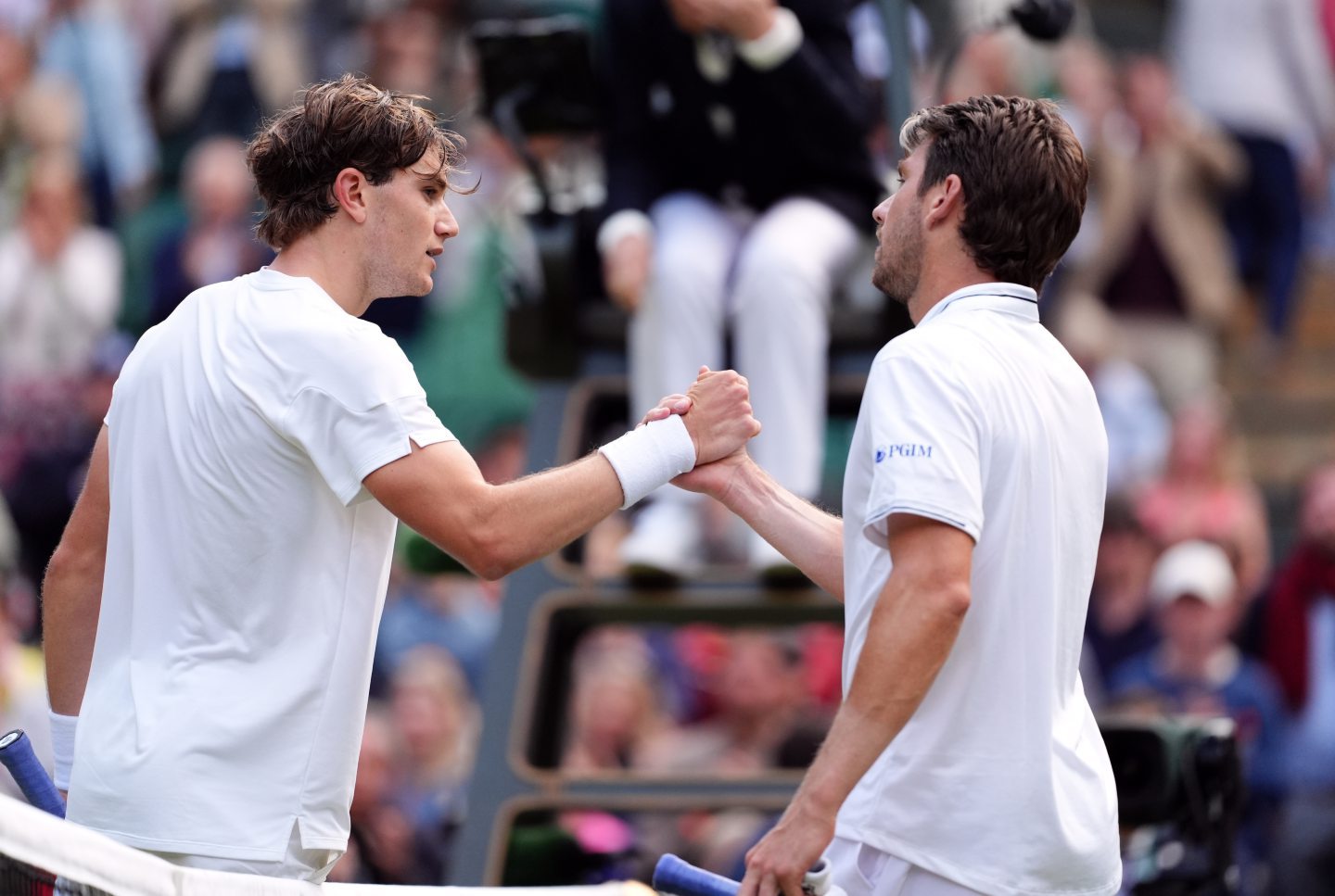
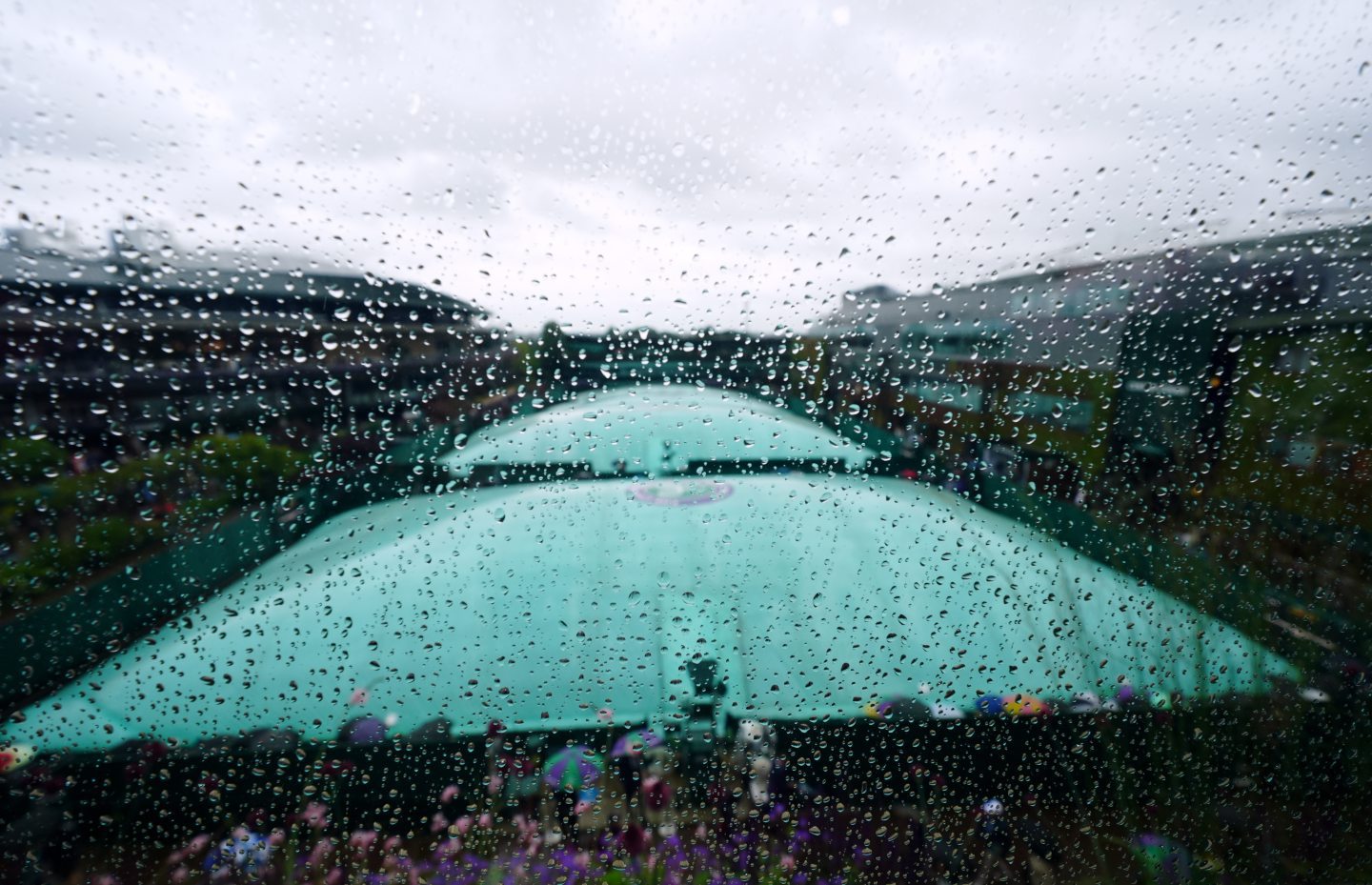
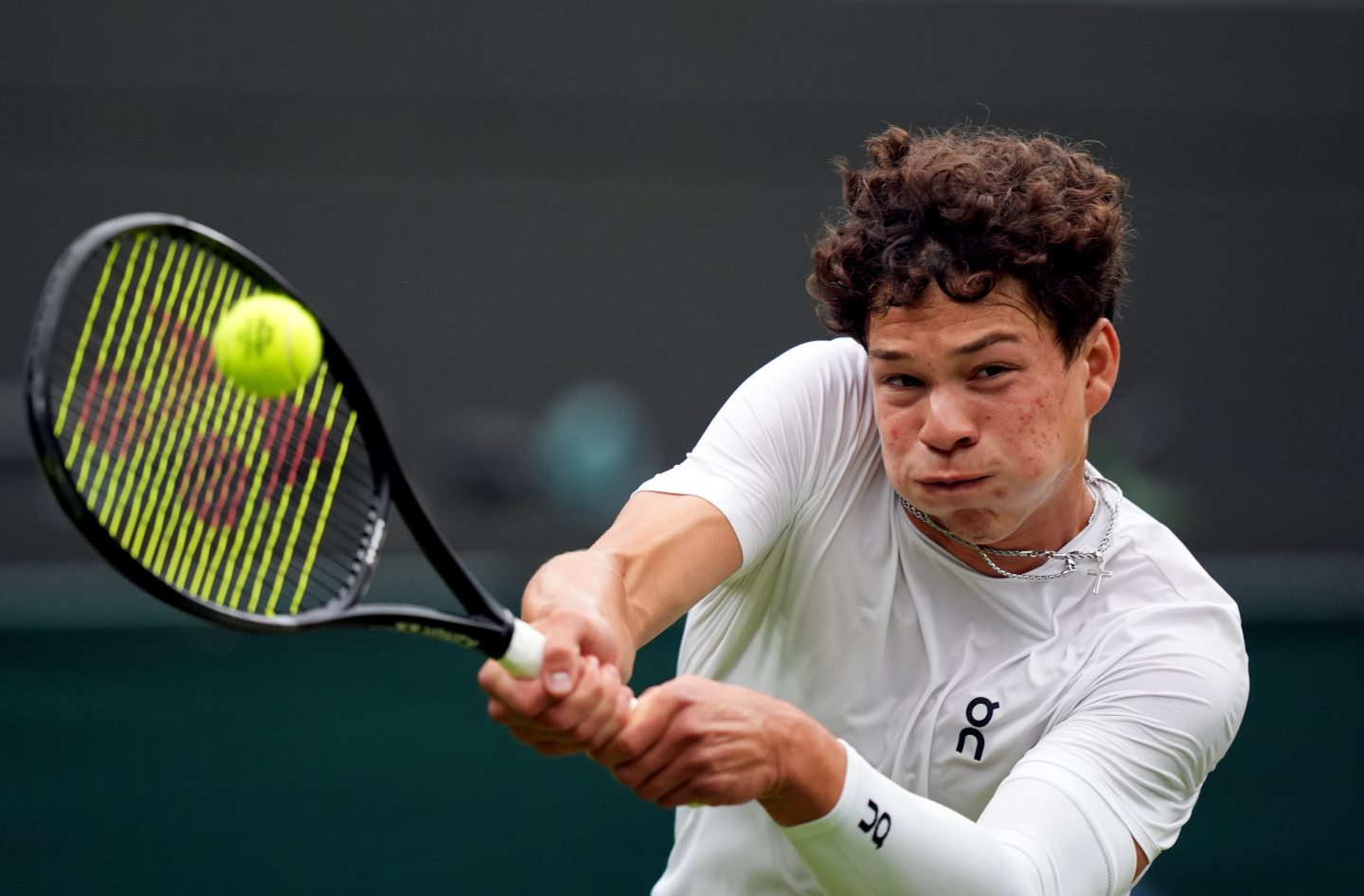
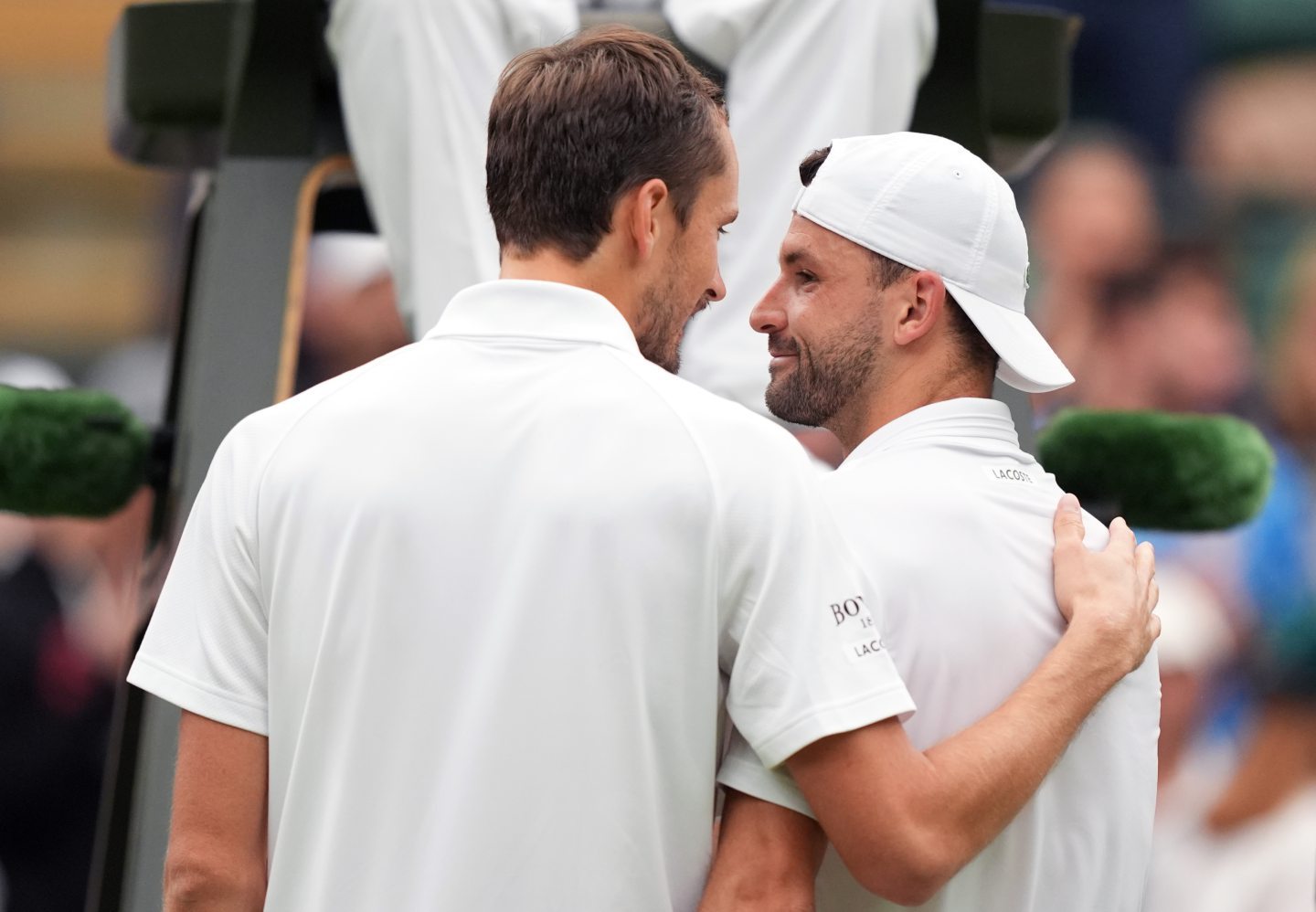
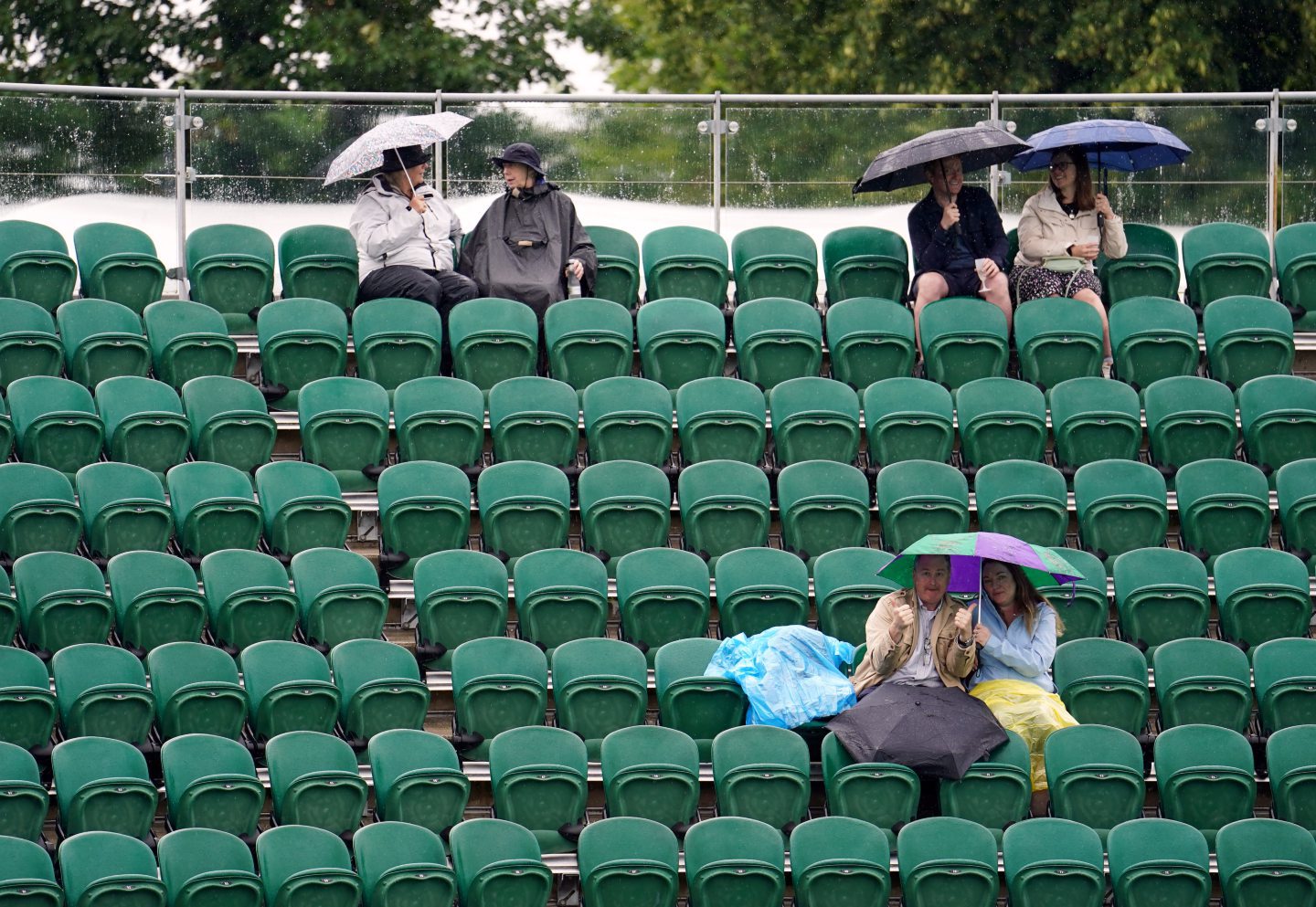
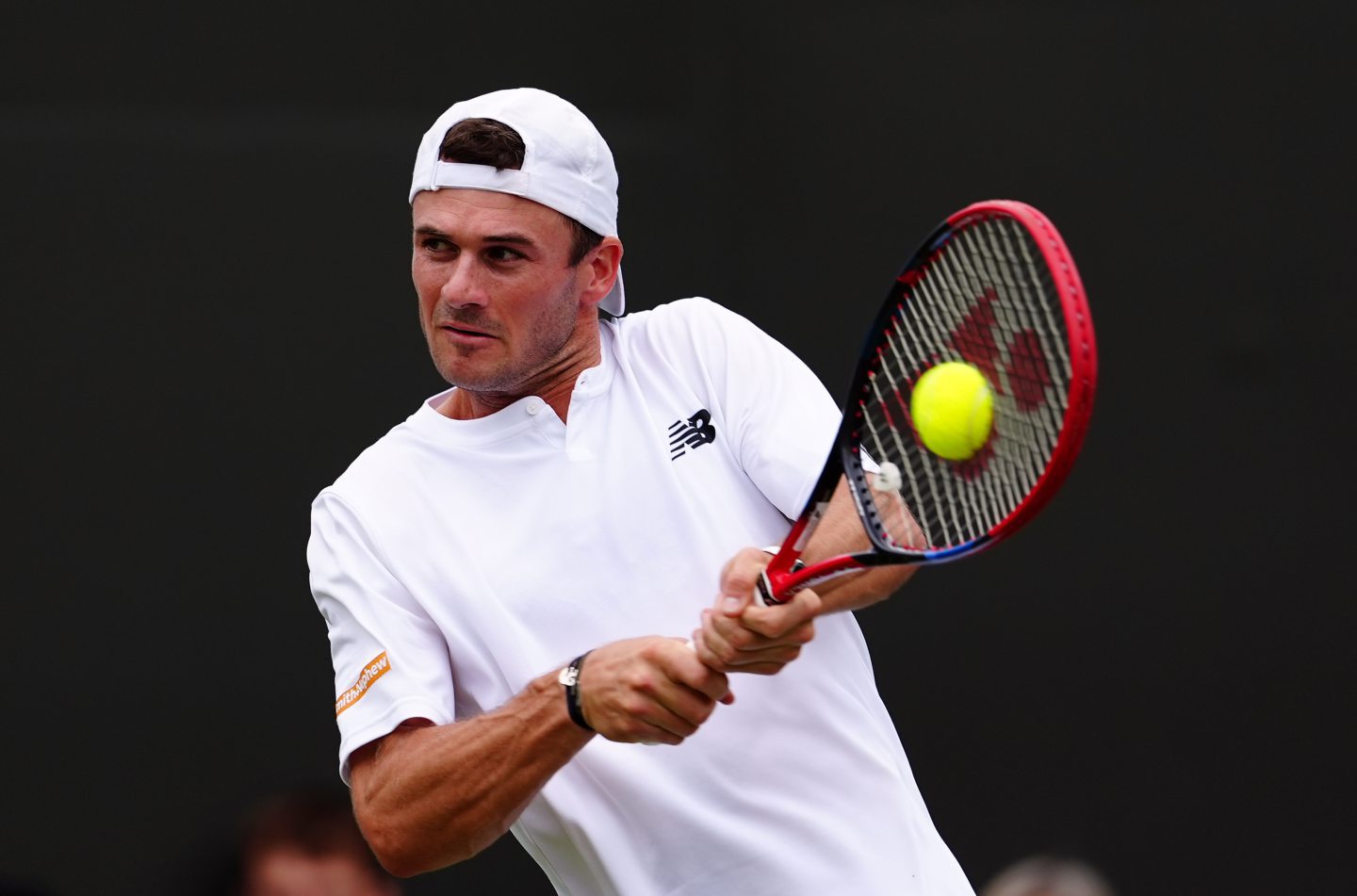
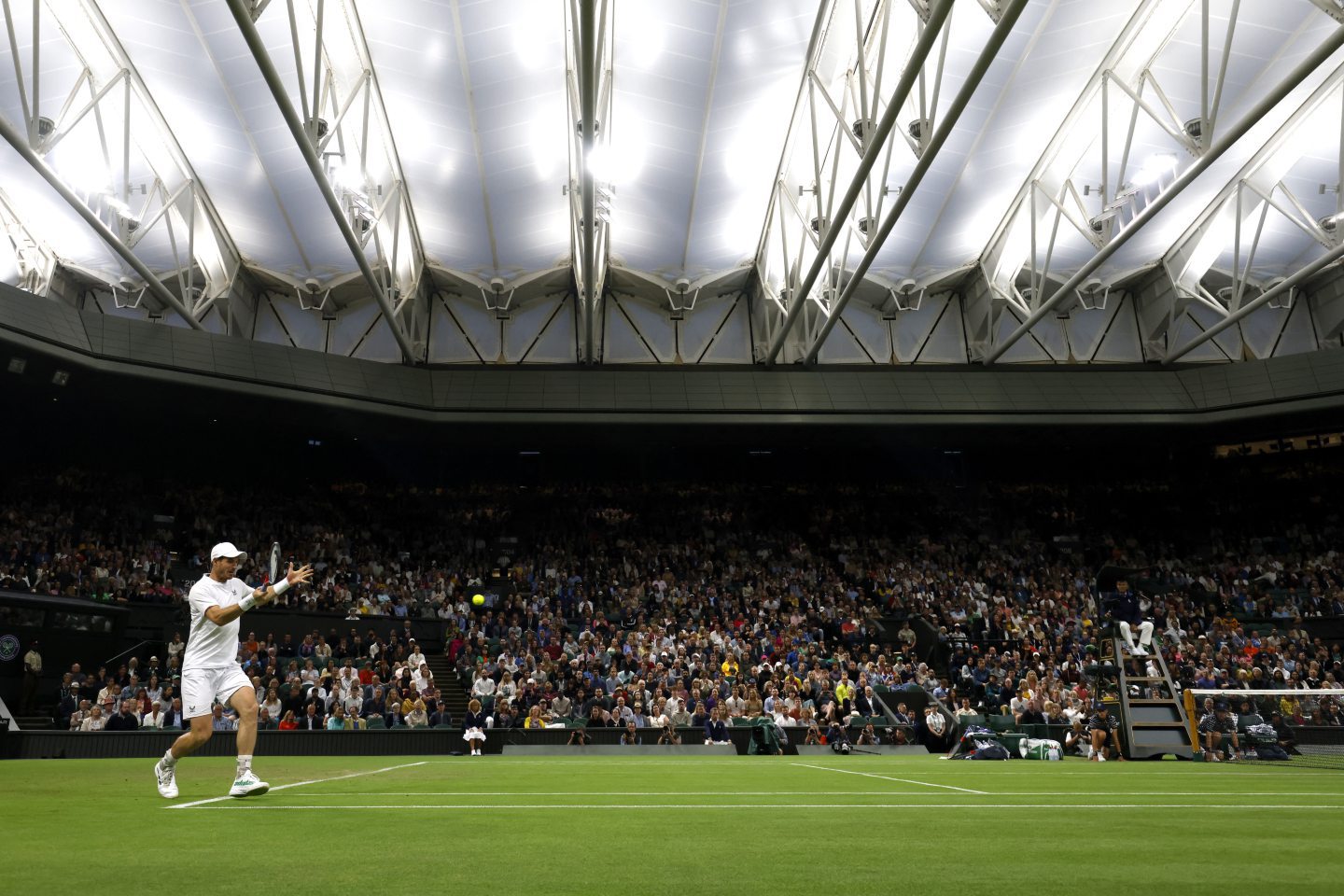
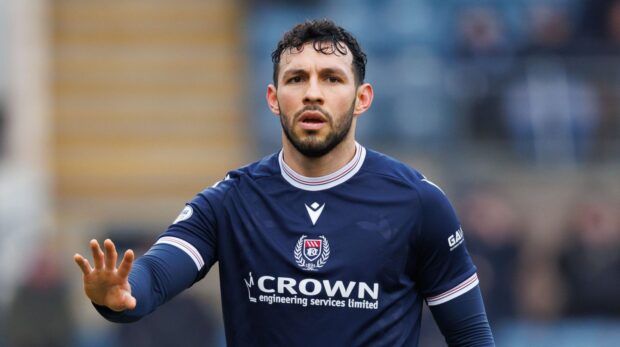
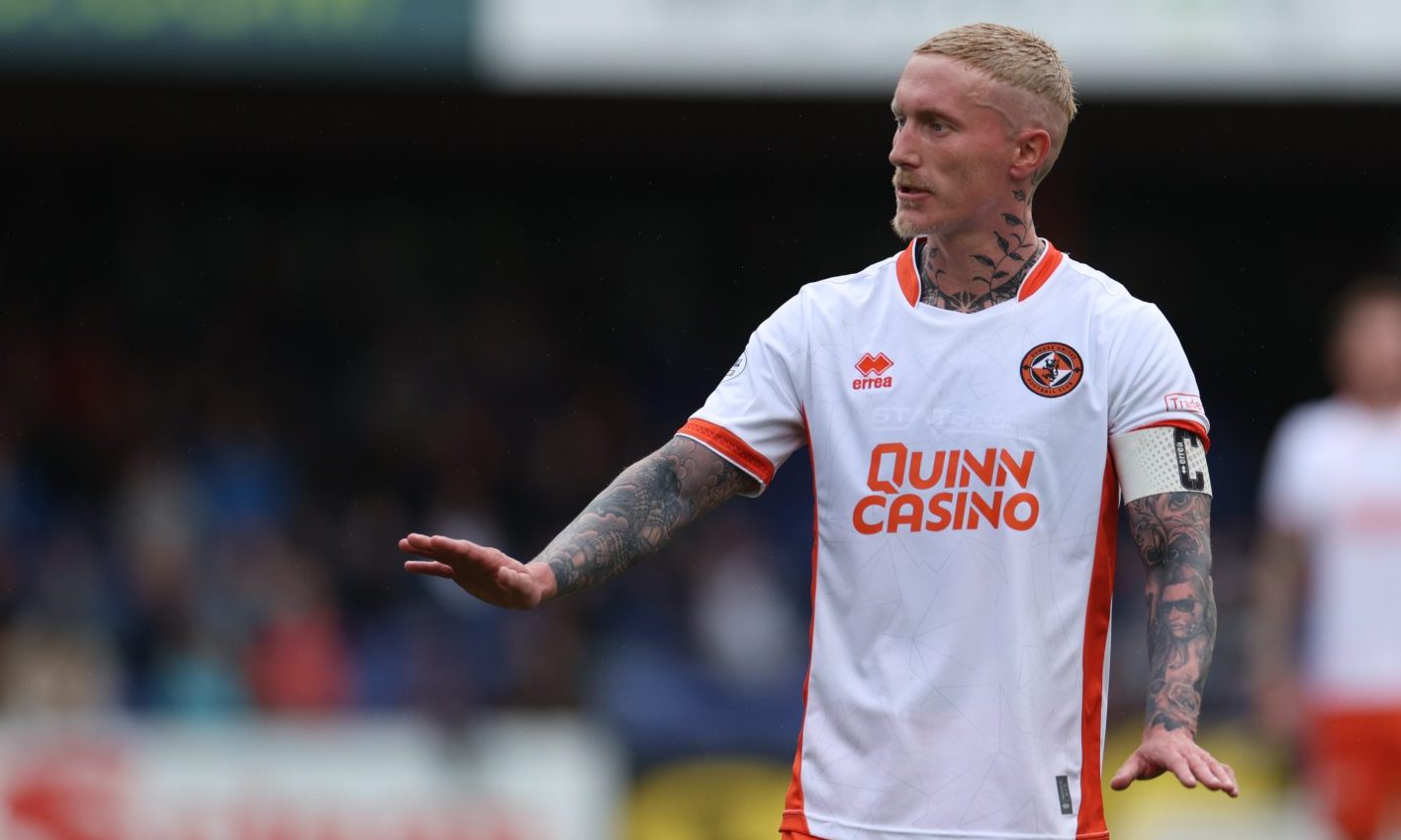
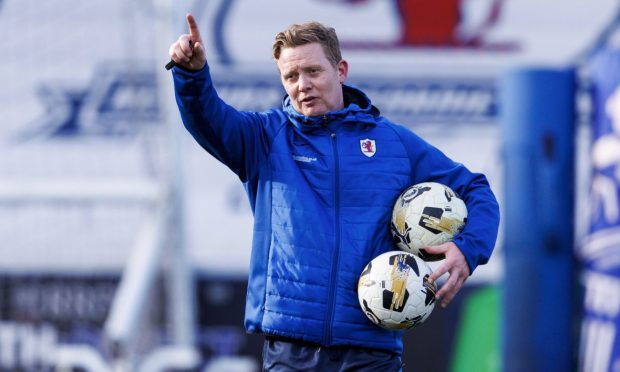
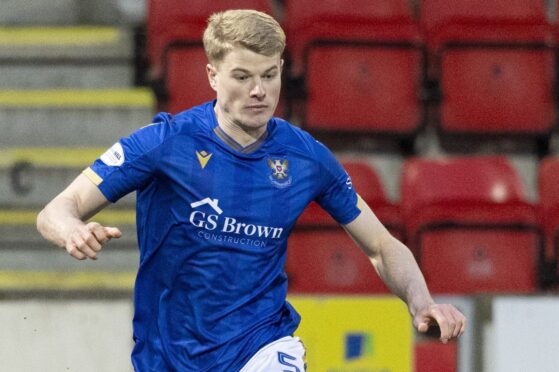
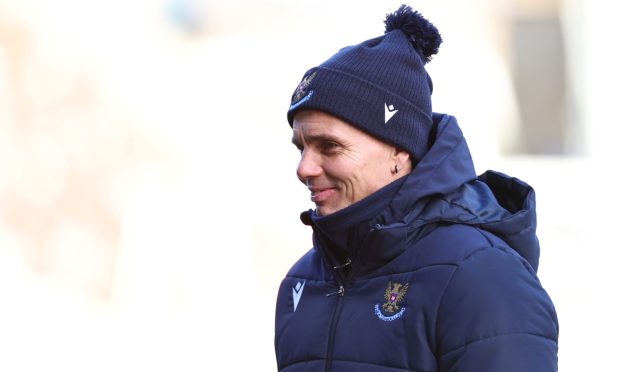
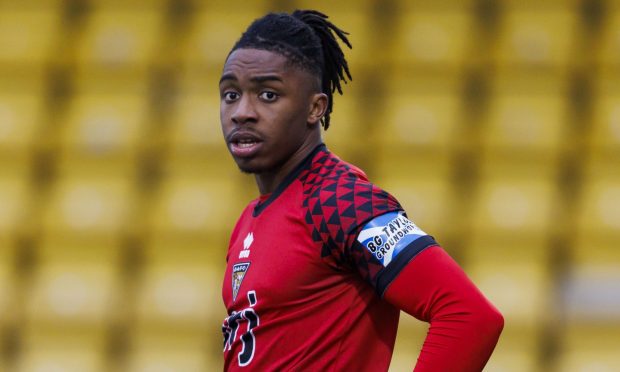
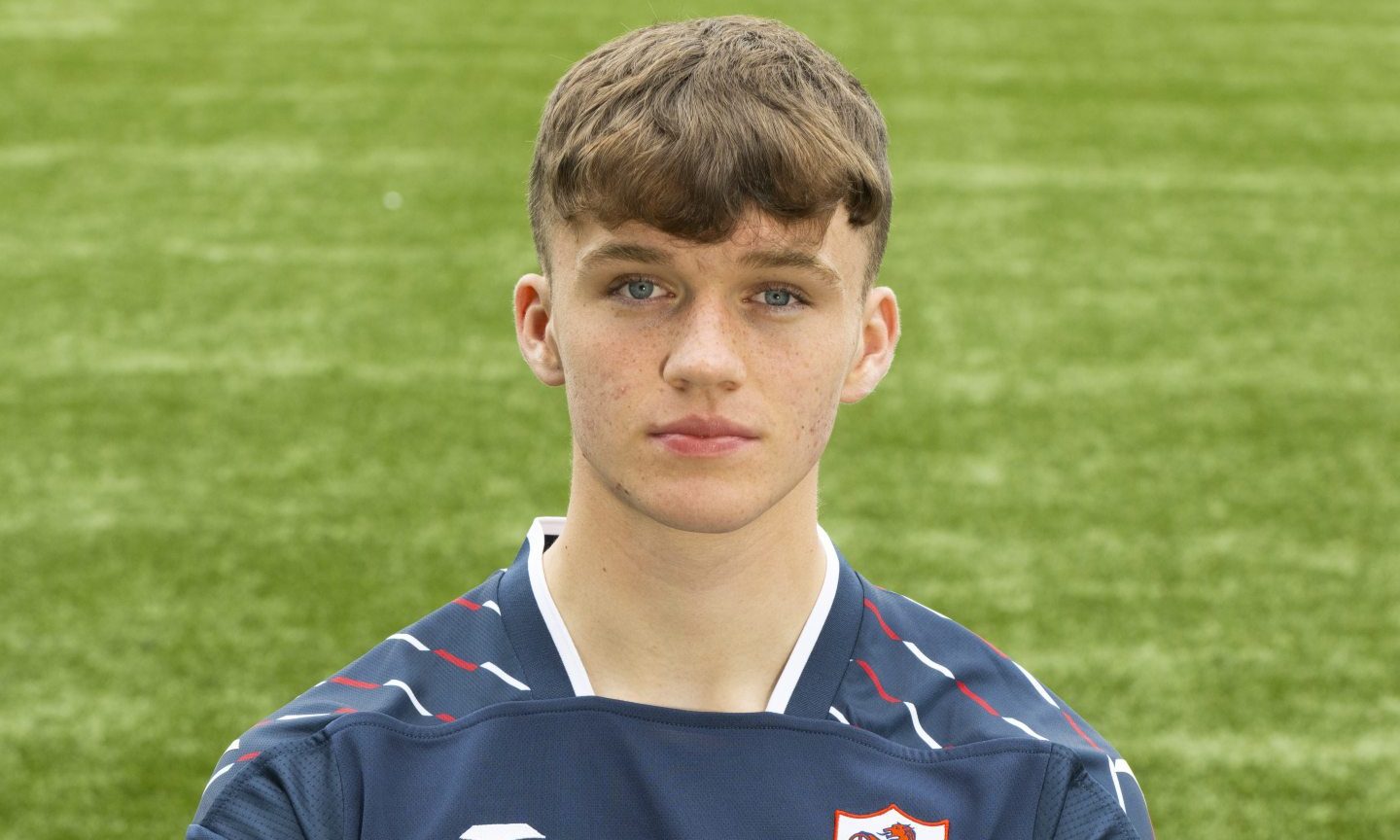
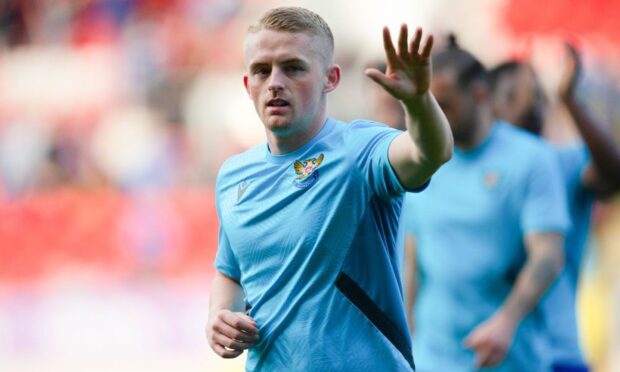
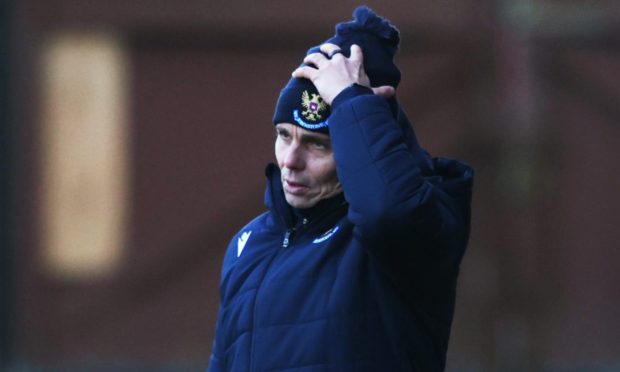
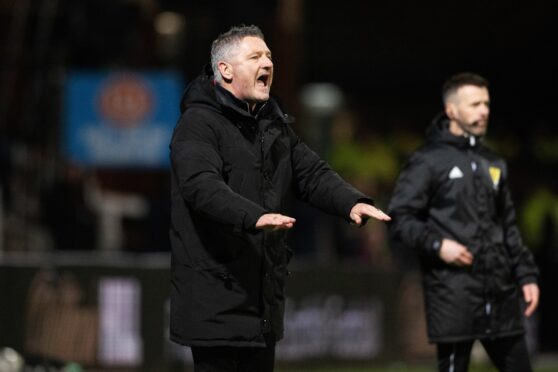
Conversation